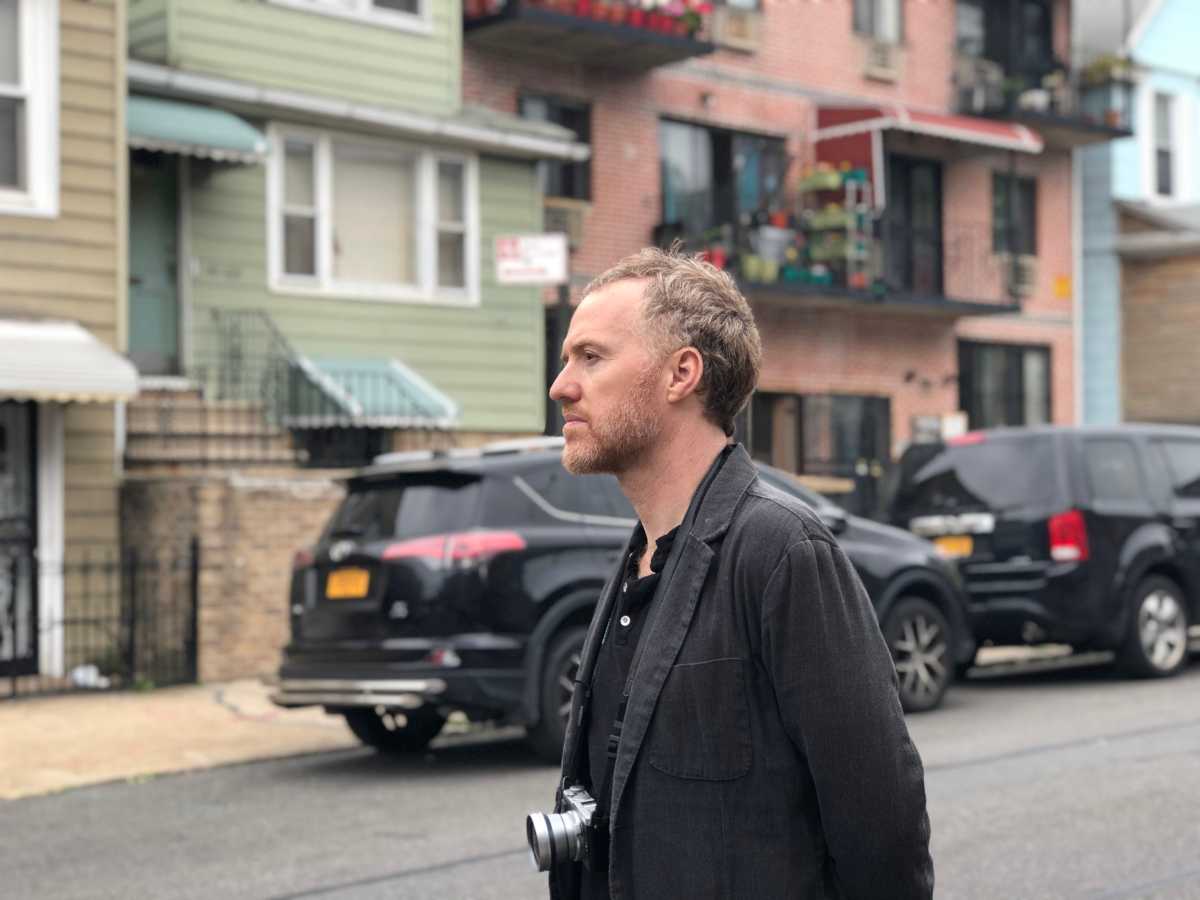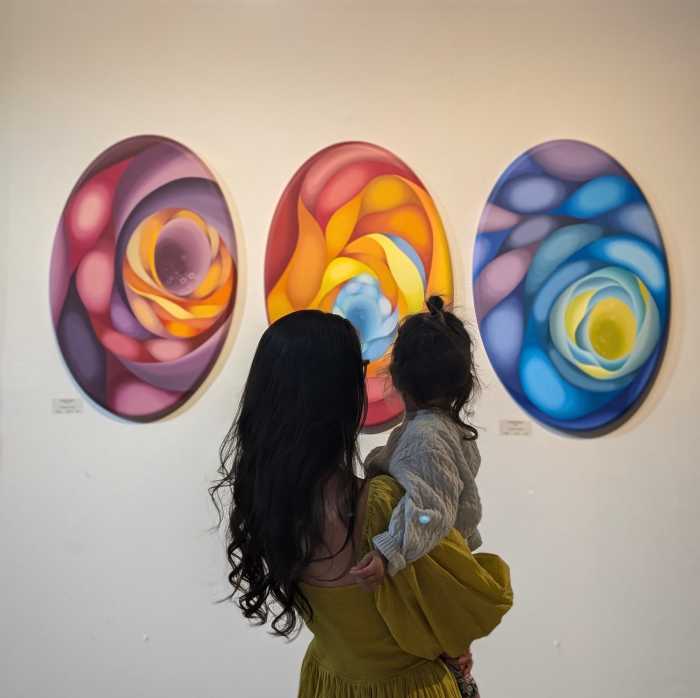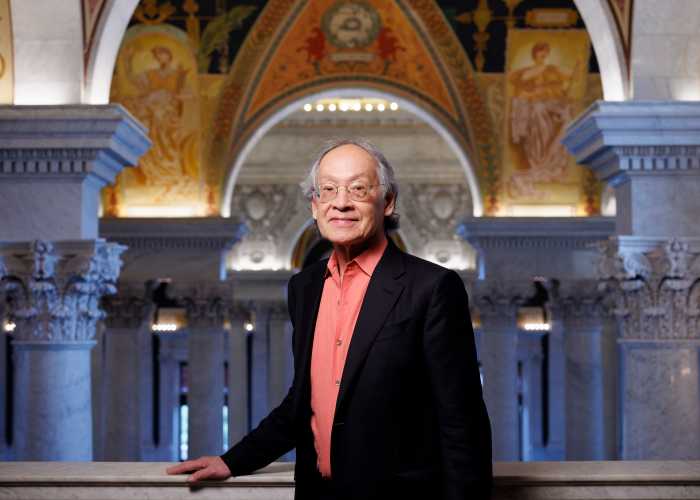About a decade ago, a curious architect-photographer from Queens, who had a “thing” for unusual dwellings — and understood that someone’s abode is, indeed, their castle — embarked on an adventure that turned into a wonderful obsession.
While biking and walking around his beloved borough — where each neighborhood offers its own unique flavor, and one can see myriad styles reflected in homes that are as diverse as the folks who dwell inside them — Rafael Herrin-Ferri discovered, and started taking photos of, Queens’ surprisingly remarkable “domestic treasures.”
The result? An impressive collection featuring thousands of captivating photographs that chronicled his amazing odyssey.
“All the Queens Houses: An Architectural Portrait Of New York’s Largest and Most Diverse Borough” was on display at The Architectural League of New York’s office gallery in Manhattan in 2017. The exhibition showcased almost 300 snapshots of local “castles” taken across 34 neighborhoods.
Then, a must-see photography book followed.
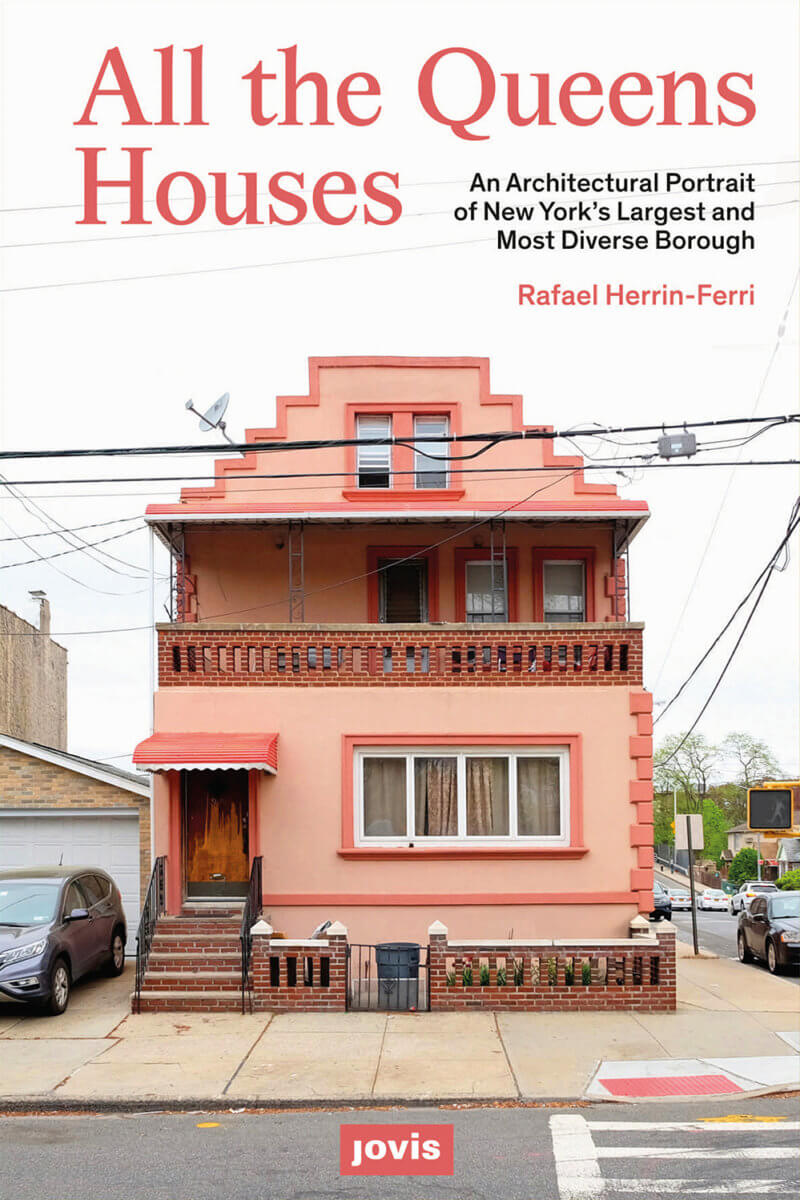
“As I started to get to know the ‘World’s Borough,’ I was delighted to discover how unorthodox the housing stock was. Regardless of socio-economic status, almost every street of every Queens neighborhood has some highly idiosyncratic residential structure exhibiting great personal, cultural and, in many cases, religious pride. And it became my mission to discover them all,” Herrin-Ferri said.
The book is now available in stores, as well as online on Amazon and Barnes & Noble.
This is more than your typical photo book, according to its author, who points out that there are 175 short interpretive texts (i.e. extended captions) that detail the history of the houses and situate them in the context of Queens, and includes the architectural history at times.
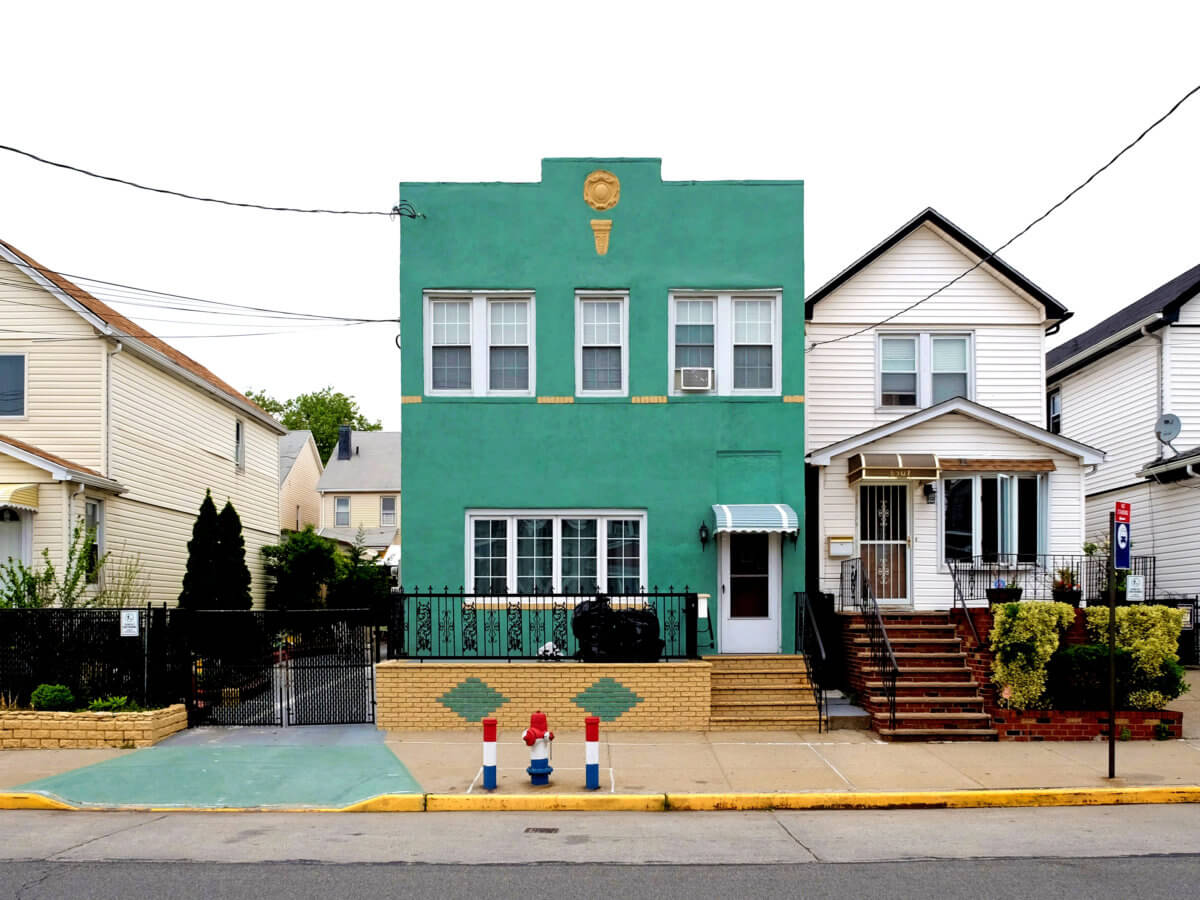
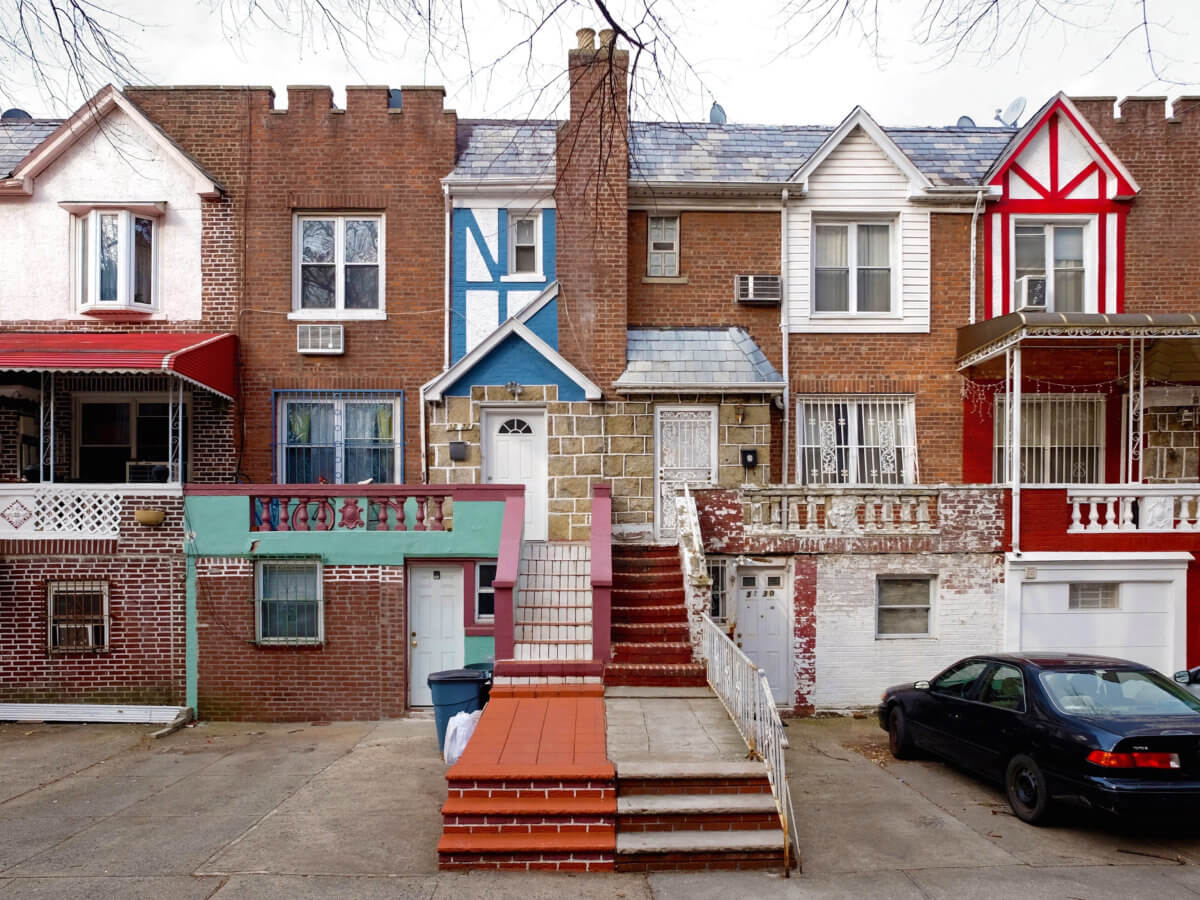
Readers can also find a scholarly introductory essay by New School professor and celebrated urbanist Joseph Heathcott, as well as a foreword by Herrin-Ferri.
In order to access every block of the borough without a car of his own, the roving architect — who lives on the Sunnyside and Woodside border, just east of the Celtic Park Garden Apartment complex — would rely on his trusty folding bike, which he’d take on the subway or the Long Island Rail Road or pop into the trunk of a cab or Zipcar. Neighborhoods that were more accessible by subway were explored on foot or skateboard.
“I have always been interested in exploring unknown landscapes. When I was younger, they were mostly natural; now they are more urban. I especially like to get a complete picture of the cities in which I live,” the Spanish-born artist said, noting that before moving to New York in 2003, he “thoroughly explored” the cities of San Francisco and Barcelona, Spain.
As the project progressed, weather was foremost on Herrin-Ferri’s mind, since he would spend chunks of his free time taking photos on cloudy days, when there was a chance that it could start raining.
“February and March were the best months for stable cloud cover, [which is] best for capturing true colors and architectural detail; minimal street tree foliage [so there were] no leaves blocking façades; and no holiday decorations, save Valentine’s Day – not a big one for Queens,” he recalled.
But if the sun came out — after a long subway ride to his destination — he’d have to go back home, disappointed.
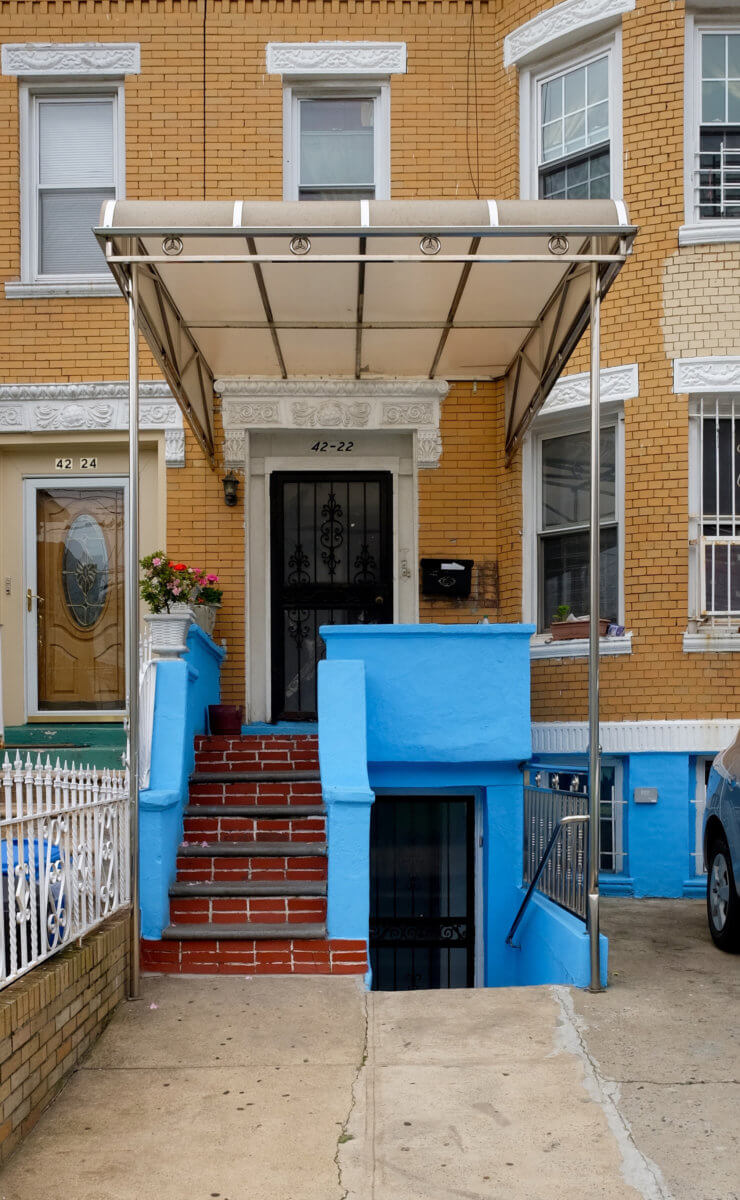
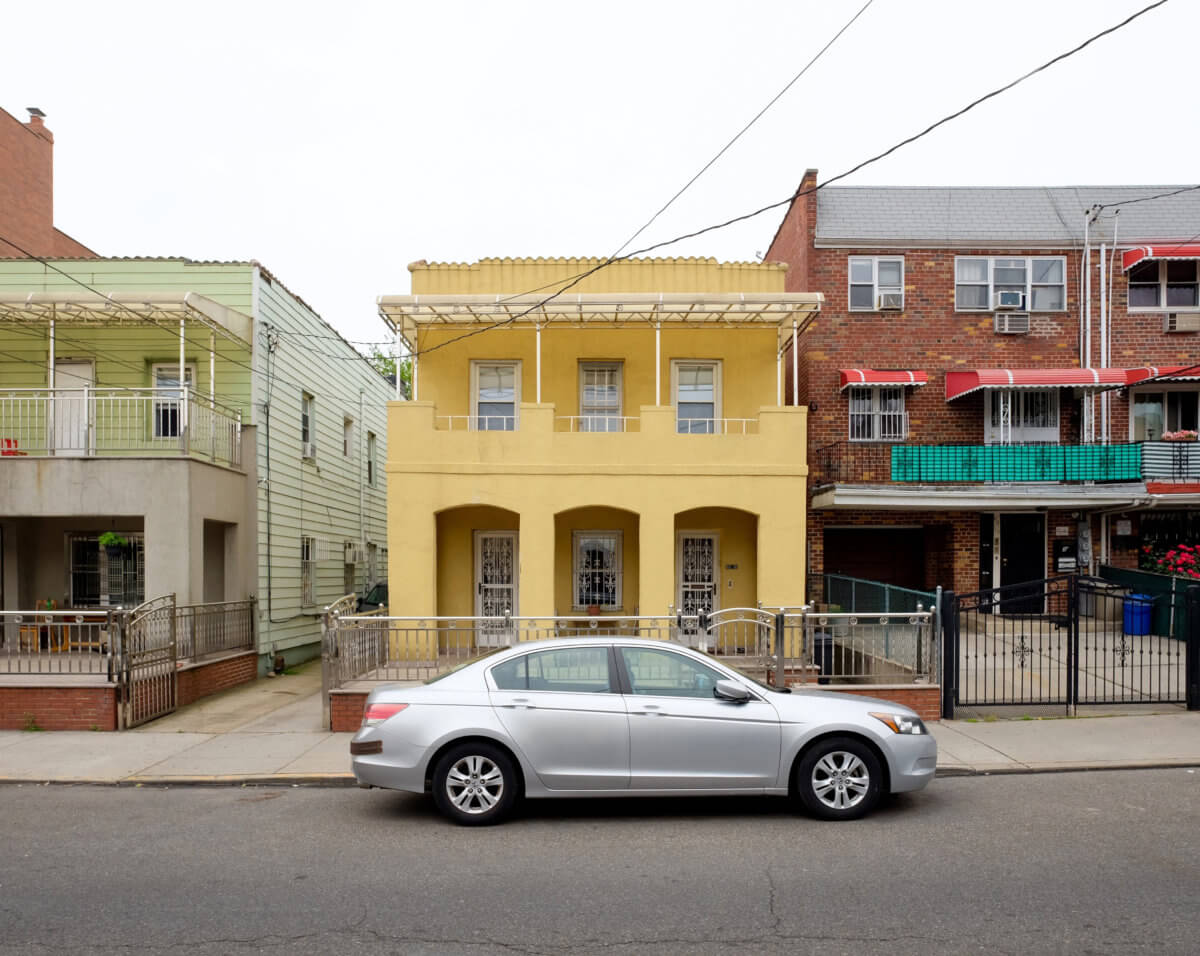
Looking back on those chilly photo sessions, the author recalled those frustrating times when his camera and phone batteries would suddenly get depleted, and he felt as if his fingers were frozen.
“Nevertheless, these were among the best times surveying, and the times when the ‘mission’ had even more meaning,” he said. “For the most part, the people I encountered and who questioned what I was doing, were very supportive, even complimentary at times.”
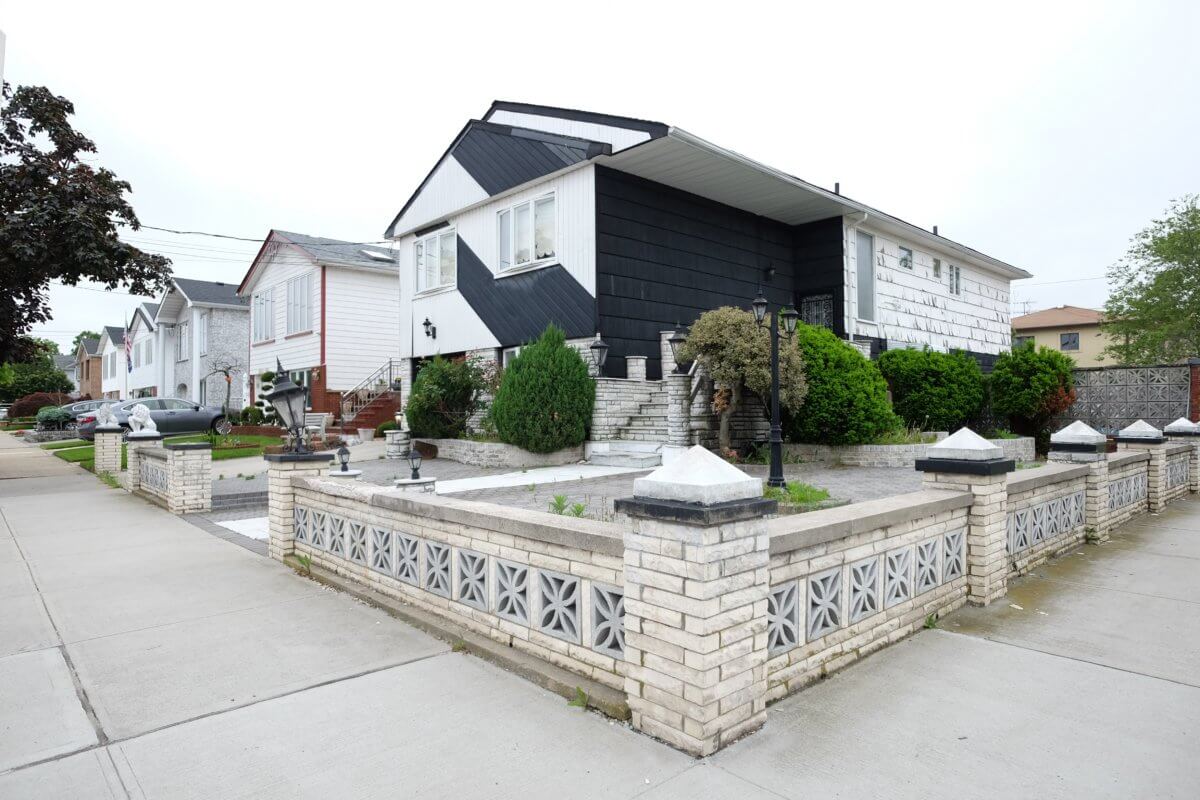
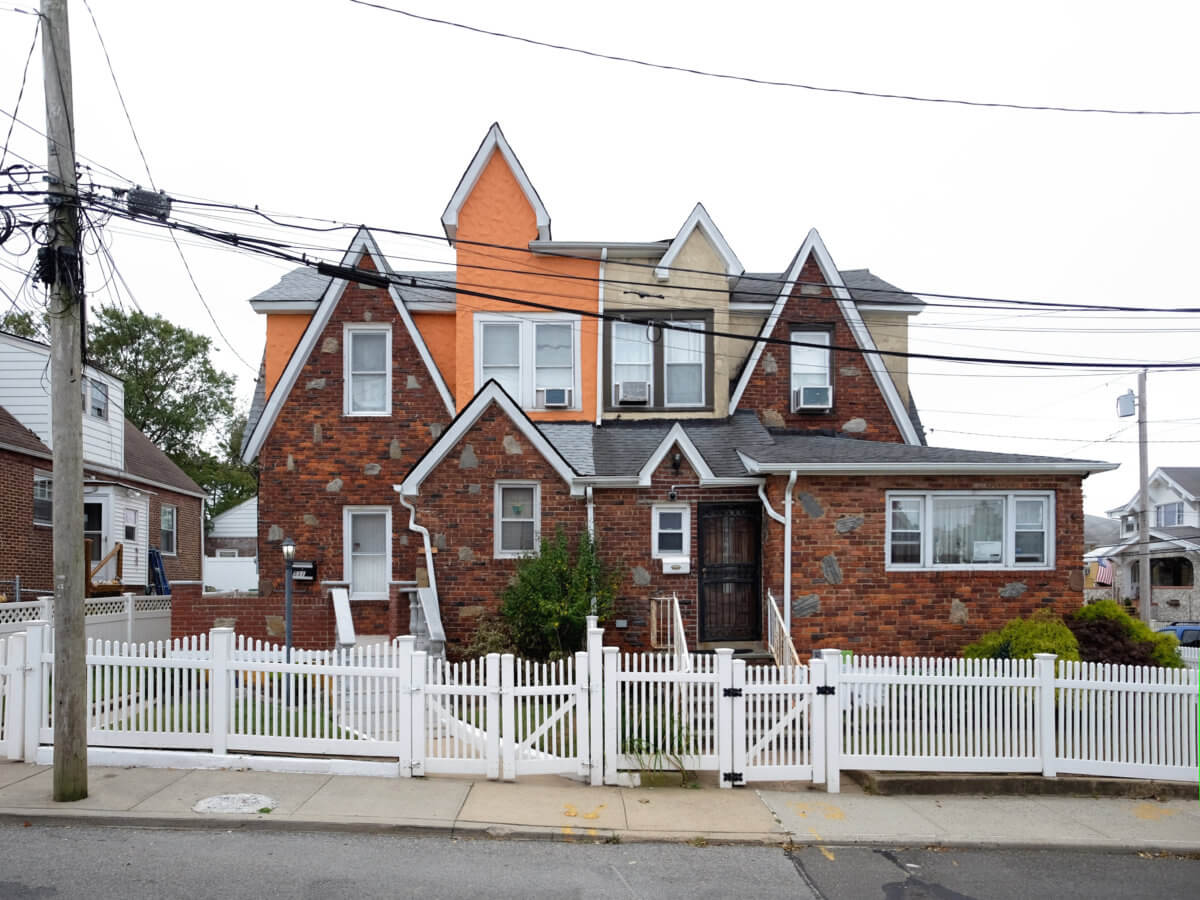
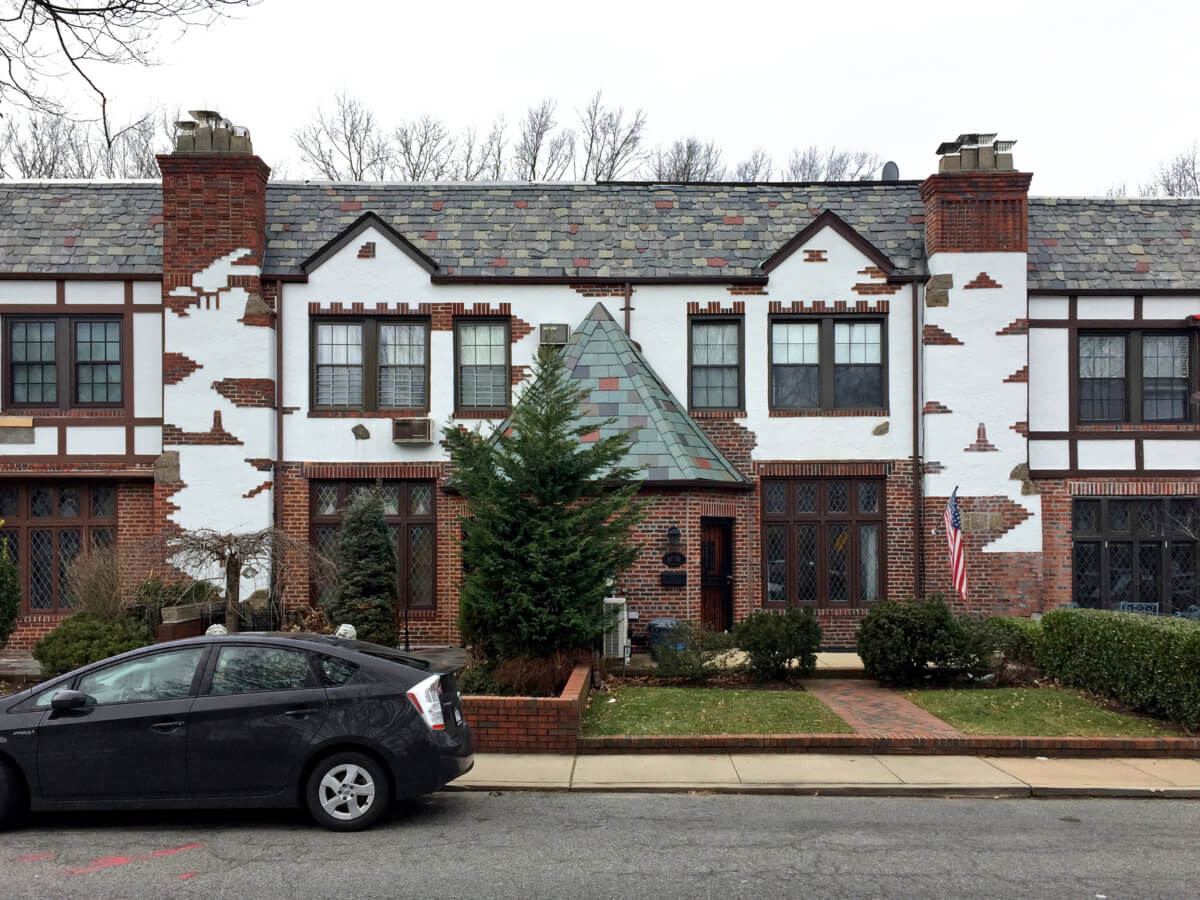
But on a couple of occasions, his actions were misinterpreted and things got a little “hairy,” he recalled.
“One time, a guy following me in his car had called the cops. On another occasion, a homeowner, who also happened to be a security guard, restrained me, physically,” Herrin-Ferri said. “In both, I was lucky enough to be able to convince them of my artistic intentions, and they let me go.”
“All in all, it was an incredible adventure into one of the most interesting built environments I have ever seen,” he added.
The lover of eclectic homes spoke about his favorite Queens neighborhood: Corona. Herrin-Ferri explained that he liked the area for “its intricate street patterns and eclectic mix of housing types that have a high concentration of ‘living balconies,’” i.e. furnished balconies that double as exterior living and dining areas.
And his favorite architectural styles? “Painted Tudors, polychromatic brick ‘Fedders’ buildings and Janus-faced, two-family structures,” Herrin-Ferri said.
What makes Queens really special?
“Its tremendous diversity is reflected not only in its food, garments and religion, but in a wide range of residential structures that this global community calls home,” Herrin-Ferri said. “Many of these — at the small end of the spectrum — are in what appears to be a slow transformation, as the ‘World’s Borough’ continually re-defines its identity with wave after wave of immigrants.”
He pointed to “the somewhat austere northern European architectural styles employed by the original developers (English, German, Dutch),” which have been altered “to suit a global demographic that values bold colors, patterns and exterior spaces (no empty balconies in this borough).”
“Apart from the physical structures themselves, I also believe the urban fabric of Queens is quite unique. Queens is a patchwork of small town centers and villages that grew together, but the village charm is still there,” Herrin-Ferri said. “Winding roads and shifting grid patterns are a nightmare to navigate by car but lend the borough a great human scale that is wonderful to walk, bike and live in.”
The Woodside creative, whose family lives up in Ithaca and in Valencia, Spain, said he has several friends sprinkled throughout the borough, but mostly concentrated in western Queens.
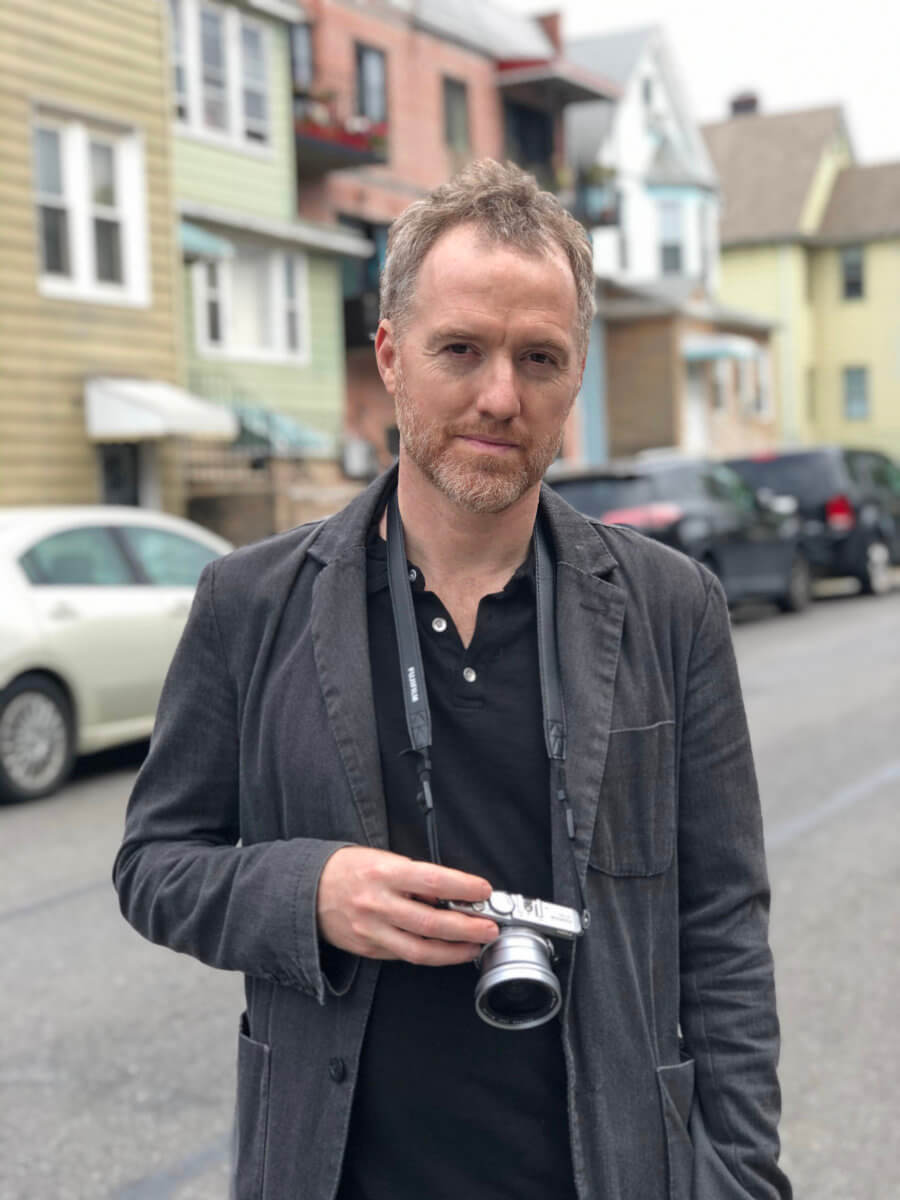
Herrin-Ferri said he finished surveying the borough in 2020, and was able to work on the book during the COVID-19 pandemic.
“What started more in the tradition of urban exploration, or rambling, led to a meticulous system of surveying that allowed me to complete the project in under 10 years … or my lifetime, perhaps,” Herrin-Ferri said.
He said the pandemic allowed him to focus on his book.
“It has been a blessing in disguise, for the most part. It allowed me to hunker down and finish this book project, [which was] seven years in the making, have a more flexible work schedule, and spend some quality time with my family during weekdays,” Herrin-Ferri said. “If we can ever put this pandemic behind us, I hope it teaches us to strike a better work-life balance. But I do dearly miss jumping on the train and the daily interaction with my fellow New Yorkers in Queens and beyond, without masks. That part has been horrible.”
Prior to this massive project, the multi-talented artist’s work was on display at a local abstract art exhibit at Bliss on Bliss Art Projects in Sunnyside, along with fellow collage artists from the Philippines. Surprisingly, that “abstract and informal interest” is part of what Herrin-Ferri refers to as his “aesthetic criteria for photographing houses,” and has ignited much of his passion for all things architecture.

